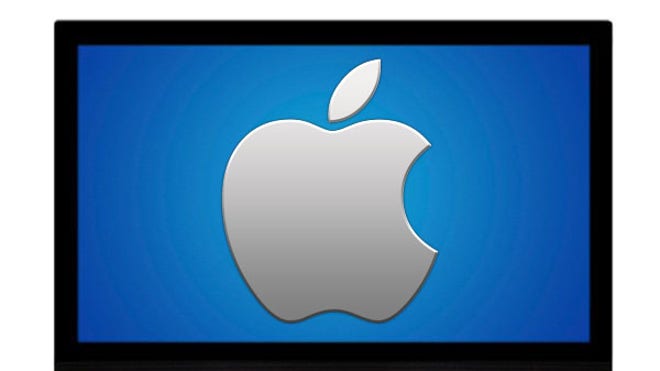One of the hottest trends right now is the rise of
location-based services (LBS), which helps friends network and find each other based on their location.
Foursquare and
Loopt are prime examples of these growing networks.
Google ( ) has its own LBS service as well: Google Latitude. Today, the search giant announced some major additions to Latitude that bring it in line with its fast-rising competitors. Primarily, Google Latitude has added location history and location-based alerts.
) has its own LBS service as well: Google Latitude. Today, the search giant announced some major additions to Latitude that bring it in line with its fast-rising competitors. Primarily, Google Latitude has added location history and location-based alerts.
Location history is fairly straightforward: Google will store all of your past locations and will use that information to create visual histories of your trips and adventures via Google Maps ( ). If you take a bike ride across Indiana for example, you can track the route you took along with the times in which you arrived.
). If you take a bike ride across Indiana for example, you can track the route you took along with the times in which you arrived.
The other feature is Google Location Alerts, which sends you notifications when your friends are nearby via email or SMS. To make sure you don’t get a text every time you go to work and see your Google Latitude-using co-workers, Latitude utilizes your location history to eliminate notifications when you’re in a location you regularly visit. It even incorporates time, so if you’re at work but at 3 AM, you’ll get notifications once again.
Google Needs to Push Apple for a Latitude App
Both features are good additions to Latitude, but we can’t help but feel that Google’s coming short in the LBS space. While Latitude has an Android ( ) app, it doesn’t have an iPhone equivalent, just a mobile site. This leaves Latitude without the ability to send push notifications, a major reason why Foursquare (
) app, it doesn’t have an iPhone equivalent, just a mobile site. This leaves Latitude without the ability to send push notifications, a major reason why Foursquare ( ) has been a red-hot product.
) has been a red-hot product.
For Latitude to make deeper inroads, we believe that it needs an iPhone app. There is a complete difference to the user when they download an app versus opening it up in the mobile web. It could even automatically send your location utilizing the same method that Loopt is testing. Google could turn into an even stronger competitor in the LBS space.
Whether Apple would cave into Google pressure is, of course, another matter. They’ve told Google that they didn’t want a Latitude app, and the search giant complied. Things have changed though, especially in the relationship between the two companies. Thus we wonder if Google should now try to force Apple’s hand, especially in light of the
Google Voice debacle.
November 10th, 2009 | by Ben Parr
 ]
] — long, thin speakers that sit below a flat-screen TV and provide sound that's a step up from the set's built-in audio.
— long, thin speakers that sit below a flat-screen TV and provide sound that's a step up from the set's built-in audio. , too, with the ability to play video and audio from Internet services such as Netflix and Pandora.
, too, with the ability to play video and audio from Internet services such as Netflix and Pandora. , a TechMediaNetwork company. All rights reserved. This material may not be published, broadcast, rewritten or redistributed.
, a TechMediaNetwork company. All rights reserved. This material may not be published, broadcast, rewritten or redistributed.





